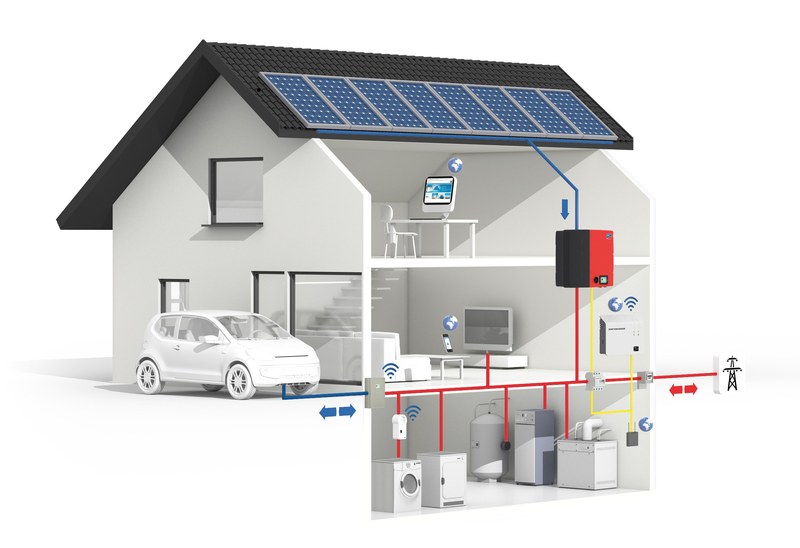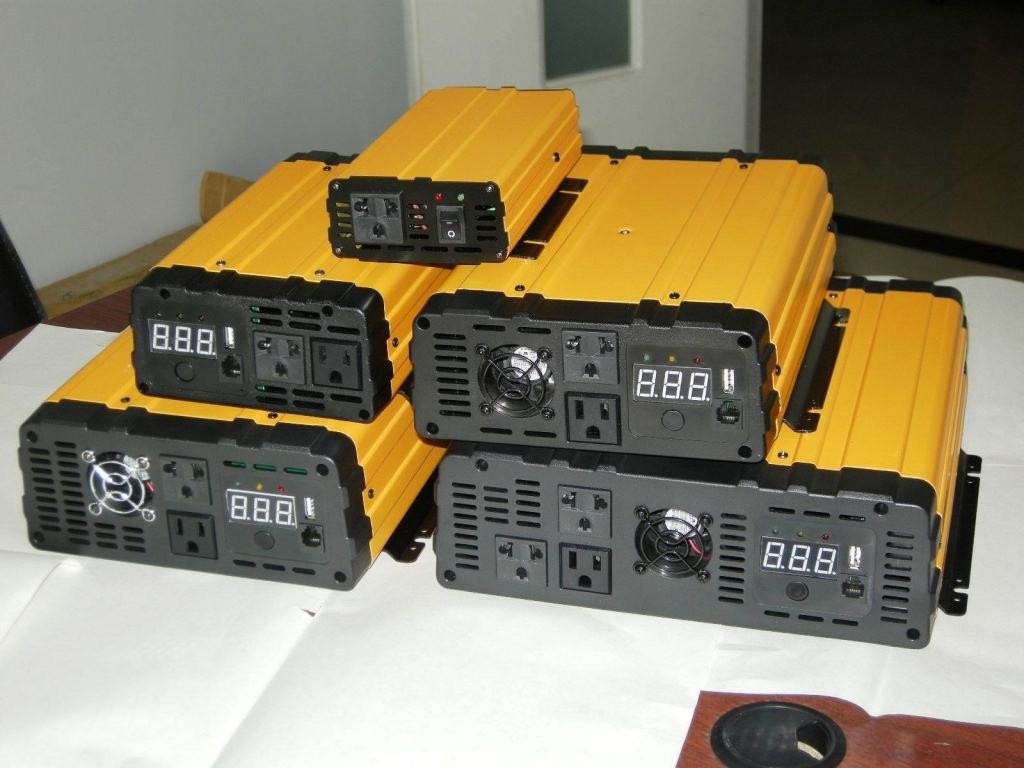Being off the power grid means that you’re responsible for all of your energy needs including producing, storing and processing every watt you consume. One of the processes includes converting DC from your batteries into AC for your appliances to use. This process is accomplished by using an inverter. There are several different types of inverters to choose from, and there’s no universally right model that will fit everyone’s needs. The right inverter for your system will depend on several factors that you’ll have to carefully consider before making an investment.

Most modern inverters are quiet, reliable and come in a wide range of sizes and power capacity. However, the first thing you have to consider is the waveform. The most popular type of waveform that most modern inverters are sold in are sine wave inverters. Sine wave inverters are capable of powering all types of electronics, even the most fragile ones, which is why they’re generally more expensive than modified square wave inverters. For instance, a 1500W sine wave inverter will cost several hundred dollars more than a 1500W modified square inverter.

Next, you have to consider the output power of the inverter. This is so that the inverter can meet all of your power needs and help to have all of your appliances operating optimally. Ideally, the inverter should be capable of supplying more power than you actually need, just in case. So for instance, if you need an inverter with 1200W capacity, you should get at least a 1500W sine wave inverter. This is because some appliances require more power when they start up, which causes a surge in power. The inverter needs to be able to handle these surges so that the appliances and the inverter itself don’t suffer any damage.
Furthermore, you have to consider the nominal battery voltage. Inverter battery voltage options are 48V, 24V and 12V. Smaller systems are usually matched with lower power inverters and battery voltages. The opposite is true for bigger systems. For instance, a 2000W inverter will have a 12V nominal battery voltage, while a 4000W model will usually have a 48V or 24V battery voltage. Some manufacturers offer inverters with unusual voltages, including 32V, 66V or 108V, which are used in the telecommunications industry, for instance.
Lastly, consider whether the model you want to buy is stackable. Some inverters can be connected together to operate as a single unit. There are stacking options that allow 120V inverters to work together and power 240V loads. Some setups can allow one inverter to be off when the power needs are low, reducing standby energy loss, and you can turn it on as the power needs increase.
























